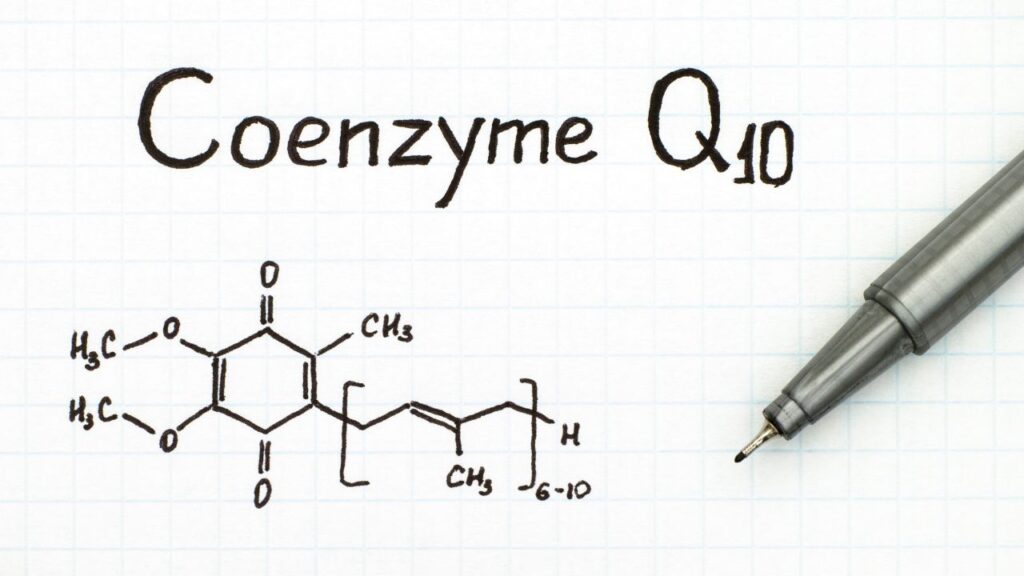Vitamin E is an essential nutrient that helps protect cells in the body and maintain a highly functioning immune system.
Key Takeaways
- You can give “human” vitamin E to your dog, but most dogs do not need extra vitamin E.
- Your dog should get vitamin E from her diet unless your veterinarian says otherwise.
- Vitamin E for dogs supports eye, brain, skin, blood, and reproductive health.
- The best type of vitamin E for dogs is natural vitamin E from their food.
How Dogs Get Vitamin E
Vitamin E is known as an antioxidant and is conveniently often found in high concentrations in most commercial canine diets. Veterinarians rarely recommend Vitamin E for dogs, because few require supplementation. The nutritional guidelines in the US require that dog food contains at least a certain amount of it, and that is usually enough.
Vitamin E: Antioxidant
Antioxidants like vitamin E can reduce inflammation and boost immune system function. It may not directly aide in the prevention or treatment of cancer but ask your vet if you should add supplemental Vitamin E to your pet’s diet!
Foods naturally rich in Vitamin E include:1
- Canola Oil
- Olive Oil
- Almonds
- Peanuts
- Red bell peppers12
There is also Vitamin E in meat, dairy, leafy greens, eggs, and fortified cereals. It is also found in supplements as capsules or drops.1 Many nuts, seeds, wheatgerm, and various plant oils contain Vitamin E.2
Common names used for this compound include:8
- tocopherol
- a-tocopherol
- dI-tocopherol
- tocotrienol
- RRR-a-tocopherol
Vitamin E as an isolated supplement can be found as an over-the-counter product. It is also used as a natural preservative in many foods due to its antioxidant power.
Evidence for Efficacy
Vitamin E is a nutrient essential to vision, reproduction, and health of the blood, brain, and skin.
It also has antioxidant properties that protect your dog’s body from free radicals. Free radicals play a role in heart disease, cancer, and other diseases due to their ability to damage cells in the body.1
They happen as a result of normal metabolism but can also be formed in high quantities from sources like air pollutants, chemical exposure, x-rays, ozone, and other external factors.
One study found that Vitamin E as found in the diet can act as a cancer preventative, however supplementations with high doses of a-tocopherol may not have the same effect (and potentially increases prostate cancer risk).3
Vitamin E plays essential roles in how cells function and in how fat is metabolized, plus it protects the body from free radicals and oxidative damage. Vitamin E deficiencies can cause eye problems, muscle problems, and reproductive problems in dogs.4
Common Uses of Vitamin E for Dogs
Vitamin E is a strong antioxidant that can modulate immune function.
Vitamin E deficiency can result in impaired immune systems, while doses above the recommended limit may enhance immune function and reduce the risk of infection.
Vitamin E modulates immune cell function and affects inflammatory mediators generated from some immune cells.9 It has anti-inflammatory effects and can aid in preventing osteoporosis.11
Studies have shown that Vitamin E does not help prevent cardiovascular disease, but it may help prevent stroke. Mixed results on its application in tumor prevention have been noted.8
In humans, it may help to reduce the risk of prostate and colorectal cancers in male smokers. No effect on lung, urinary tract, pancreas, mouth, and stomach cancer risks have been noted.8
While there is not much direct cancer prevention data for Vitamin E, it may help improve symptoms and reduce the incidence of cisplatin-induced neurotoxicity (secondary side effect of some chemotherapy).8
Vitamin E can be used with chemotherapeutics according to one study, which found that there was no interference between Vitamin E and chemo drugs at 100 uM concentrations. Furthermore, they found that it may have some beneficial associations in decreasing chemotherapy side effects.7
Safety and Side Effects
Vitamin E in dietary form is generally considered safe.
Although quite rare, some sources cite nausea, diarrhea, intestinal cramps, fatigue, weakness, headache, blurred vision, rash, gonadal dysfunction, or increased concentrations of creatinine in urine as potential side effects of relatively high doses of vitamin E.1
You should talk with a vet/doctor before giving vitamin E if your dog has:1
- a vitamin K deficiency
- an eye condition in which the retina is damaged
- a bleeding disorder
- diabetes
- a history of heart attack/stroke
- head/neck cancer
- liver disease
Vitamin E for Dogs Can Be Given With…
Vitamin E can typically be used with chemotherapy but oversight by a veterinarian is advised.
Also, its use with radiation therapy and chemotherapy is not always advised due to some potential for counteracting effects. This can be counterintuitive, so it is important that you talk to your oncologist about using vitamin E if your pet is undergoing radiation therapy.
Some research suggests using vitamin E during radiation and chemotherapy to protect healthy cells, but others advise against its use in high doses during radiation therapy.5
Vitamin E is best absorbed and gained through diet, but supplements are available if your veterinarian suggests additional support from this nutrient.
When to Not Use Vitamin E for Dogs
There is mixed information and data on the impacts of Vitamin E on cancer risk and its use in cancer patients for its antioxidant properties. Vitamin E has not been shown to prevent prostate cancer and some studies point to Vitamin E increasing prostate cancer risk.1 You may want to avoid supplementing vitamin E if your dog has prostate cancer.
Vitamin E can interact with a variety of medications and therapies, including:1
- alkylating agents
- anti-tumor antibiotic
- anticoagulants
- anti-platelet drugs
- some herbs
- supplements
- statins/niacin
- vitamin K
It may also interfere with the process of radiation therapy.8
Vitamin E Dosage for Dogs
Commercially available pet food – or a complete and balanced home cooked diet – should meet your dog’s minimum daily requirement of vitamin E.
Check with a vet if you wish to add more to your pet’s diet, as it is generally considered better to provide food sources of vitamin E instead of giving a supplement unless the dog truly needs it. Vitamin E is fat-soluble, so excess is stored in your dog’s fat instead of being excreted in urine. Too much vitamin E can eventually lead to toxicity.10
You can give your dog extra salmon, broccoli, green leafy vegetables, red bell peppers, blueberries, or sweet potatoes to introduce more vitamin E naturally in her diet.10
Remember to ensure that extras and treats are only 10% of your dog’s overall diet, so you don’t accidentally unbalance it.
What If I Miss a Dose?
Vitamin E should ideally come from your pet’s daily food. If adding supplements, wait until the next scheduled dose. Do not double dose if one is missed.
Storage and Handling
Usually, room temperature storage is advised for supplements, but check the instructions for each product. A dry, dark storage area is ideal.
Our Take on Vitamin E for Dogs
Vitamin E is beneficial (and necessary) for your dog, but she should be getting all of it that she needs from her diet.
Use caution and consult a veterinarian before using vitamin E supplements. There is mixed research on the benefits and risks of adding extra vitamin E and context-specific recommendations.
Topics
Did You Find This Helpful? Share It with Your Pack!
Use the buttons to share what you learned on social media, download a PDF, print this out, or email it to your veterinarian.






